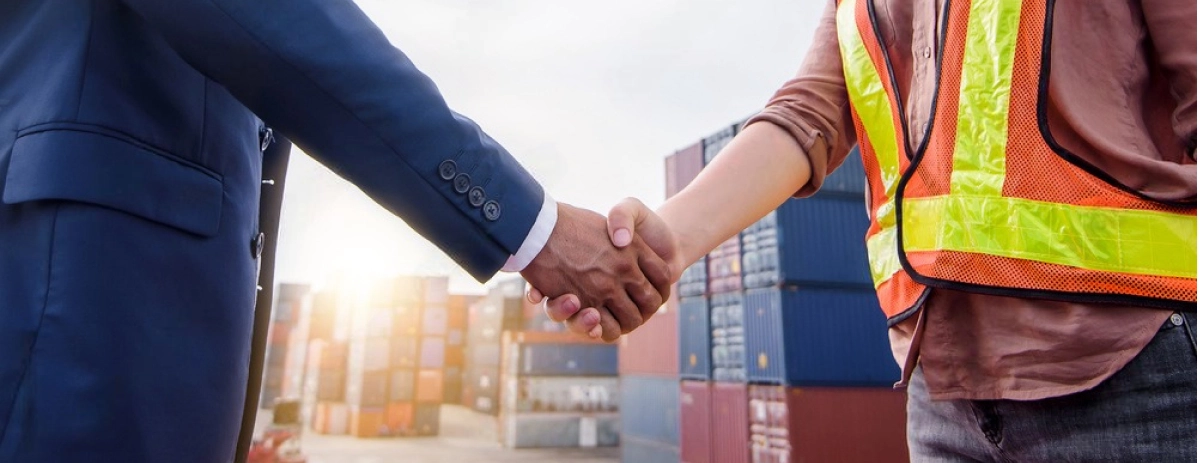According to a recently published study, cross-sector cooperation and important investments are key to efficiently easing the decarbonisation transition of the shipping industry.
The SMM, the world’s largest shipping exhibition, has opened with the presentation of the sixth Maritime Forecast to 2050. The report focused on overcoming the issue of fuel availability, suggesting that the only way to deal with it would be to build inter- industry alliances. Cross-sector cooperation will therefore be fundamental to ease the path toward efficient decarbonisation processes.
As the report discloses, net-zero fuels must be entering the shipping industry this decade already, reaching the 5% target by 2030. Such ambitious goals, however, require important investments, both onshore and offshore. According to the estimations, and depending on the alternative fuel considered, the 2050 pathway scenario will require up to $28bn per year, with methanol or ammonia being the most expensive alternatives for the moment.
The report warns it would still be hard to point out the best way to go among the many different opportunities when it comes to alternative fuel: future pricing and effective availability are still too uncertain.
Despite the high level of unpredictability, the transition toward greener solutions has already started. Looking at the data, in fact, up to 5.5% of gross tonnage ships in operation and 33% of gross tonnage on order are already operating on alternative fuels.
The report also forecasted an overall 29.55% increase in seaborne trade in tonne- miles by 2050, with most of it coming before 2030. Some segments, such as gas and container trade, will outdo the average rate. Others, such as demand for coal and oil, will instead peak.
